If there was a learning space made for emotional support and expression, it would be the art room. While some may feel that the art room is chaotic, there are things you can to provide a safe and supportive learning environment for your art students. Use these tips and suggestions to make an art room space that feels calming and comfortable for all students.
Tips & Ideas for an Art Room Calming Corner
If you have a little extra space in your art room then you might consider creating a calming, cozy corner with tools for students to use when they are feeling overwhelmed or like they need a break.
Stock the space with mini art games and journals and zentangle coloring books and other items to encourage social and emotional learning. Supply a quiet music source and headphones. Consider changing the lighting in that area with a softer lamp or by adding Abilitations Cozy Shades and weighted calming pets such as the Abilitations Stella the Weighted Sloth. Add carpeting, Cuddle-Ups Floor Pillows and a Fluff Chair or two.
Here are some of those great calming products that can help students to self-regulate and feel safe in the art classroom space.
Creating a Calming and Supportive Art Classroom
Creating a space where students feel safe starts with organization and classroom management. It might be even more effective with the addition of a calming corner. Before getting started on creating a calming corner, give your organization, storage, and classroom management plans a refresh.
Read More: Helping a Student with Special Needs Succeed in Art Class
Here are 5 simple ways to create an art classroom space that encourages students to feel comfortable and engaged:
- Clean and organize your classroom space. Avoid going overboard with distracting clutter so students have the space to do their best work. Keep surfaces and drawers as neat and tidy as possible.
- Try to arrange all the tables, seating, and storage so that your go-to’s and must-haves are easy to reach and simple to put away. You won’t want to spend precious time looking for supplies or playing tetris on the shelves when cleaning up between classes.
- Encourage students to treat you and each other with respect by ensuring that you can supervise all the action areas of the room. Wherever your students are working, you’ll want to be able to step in and monitor projects and interactions.
- Movement happens in the art room, so you want to make sure that you and your students can safely and easily navigate the space.
- The final refresh is in your language and interactions with your students. Try to take a step back and really focus on speaking and modeling respect for all your learning artists. Not only will this encourage them to treat each other with respect, but it will help to create an art room environment that makes your students feel safe and supported.
More Art Lesson Plans, Tips, and Tools
If you’re looking for more ways to engage your students, stock your art room, or a new lesson plan to try, be sure to visit the Art topic page. You’ll find great ideas, best-seller products, and more on the online store.

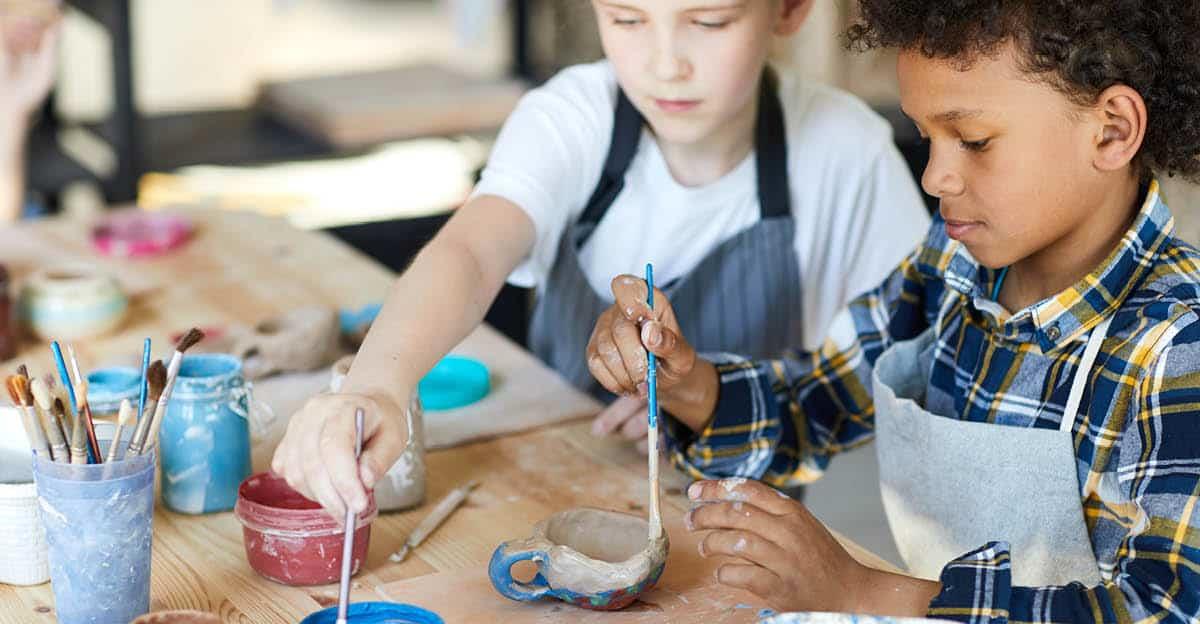
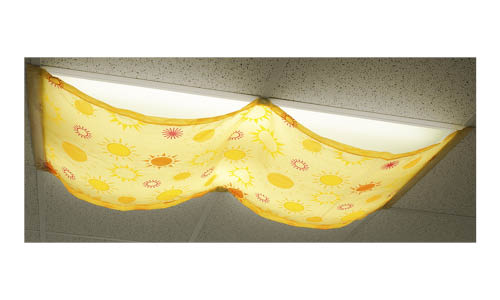
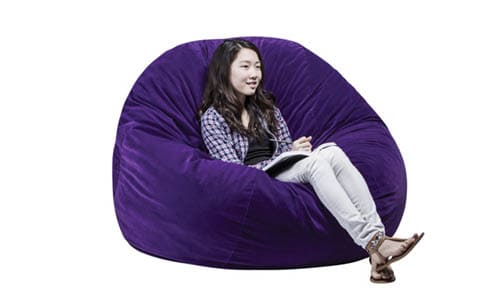
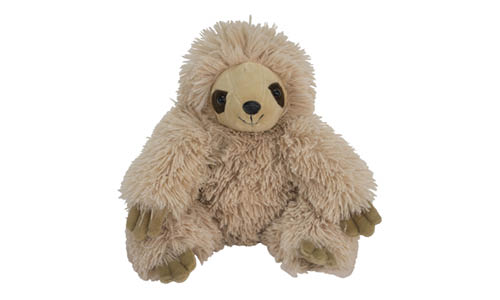

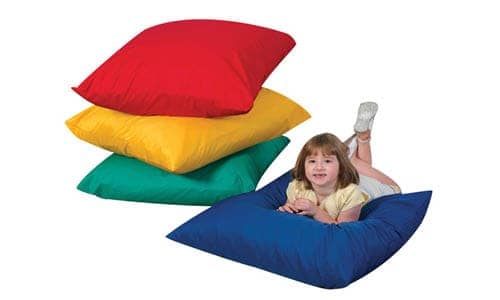



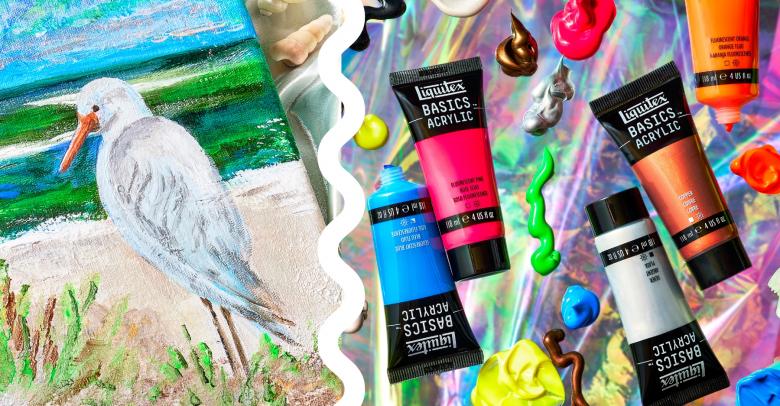
Leave a Reply